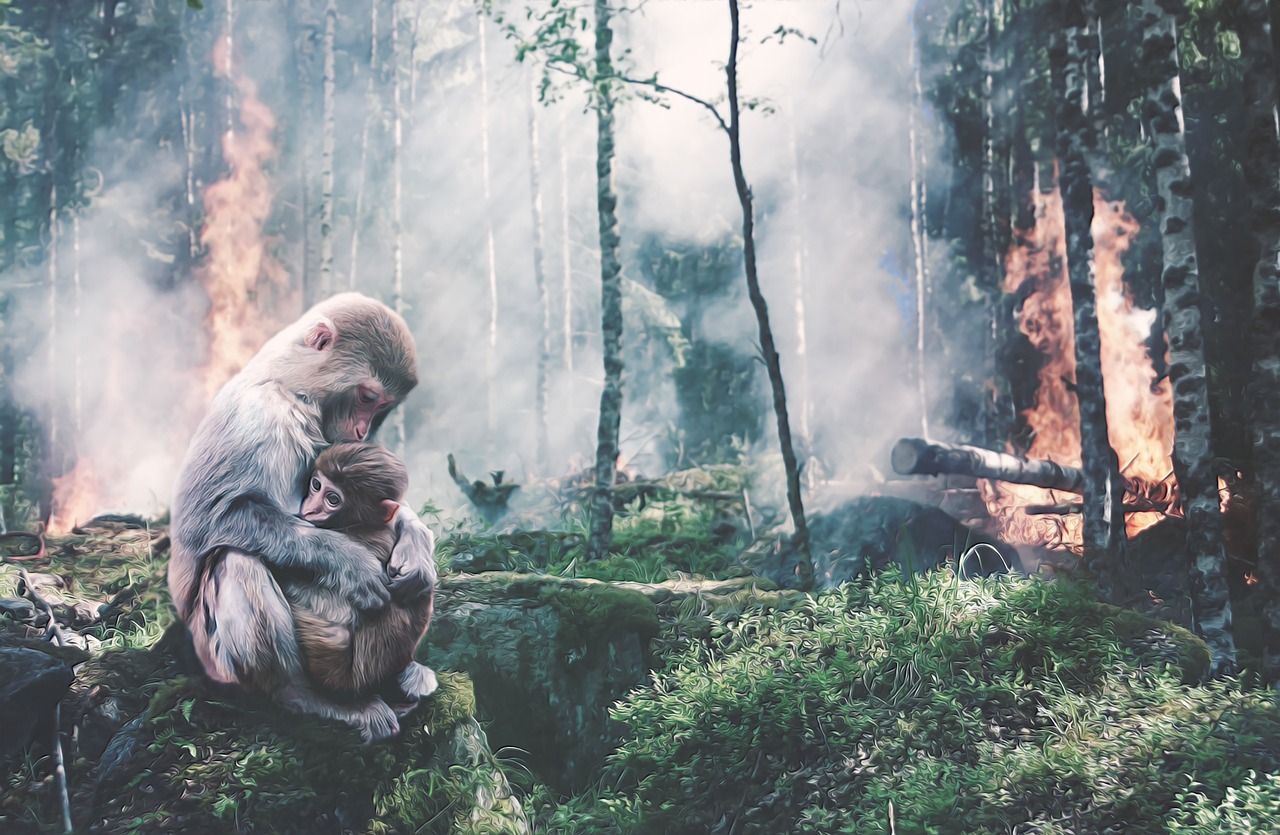The Beauty and Importance of Mother Nature
The environment can be classified into different types based on what it made and how it looks. Here are the main types of environments:
- Natural Environment
This includes all living and non-living things that exist naturally without human indolent. It is divided into:
– organic Environment :– Includes all living organisms such as plants (plants, trees and flowers) animals (birds, insects and fishes) and microorganisms (bacteria, fungi and vires).
– In-organic Environment :– Consists of non-living components like air, water, soil, sunlight, and temperature.
Man-Made Environment: With human intelligence
This refers to the environment created by human begins to fulfil their basic needs.
– Urban Environment which includes cities, towns streets and building. Simply we can say Metropolitan and fashionable
Rural environment which includes farms, agriculture, open land and close to the nature.
Physical Environment: with our hands
The physical environment refers to feel everything around us like sense the smell, touch. based on the climatic condition and area.
– land based environment like mountains (high land with cold weather), deserts (dry and sandy), forests (area covered with tress,) and grassland (open area with grass)
– water based Environment such as oceans, rivers, lakes, and wetlands.
4. Social and Cultural Environment: talking to others
This type of environment is influenced by human societies, traditions, and interactions. It includes:
1.social Environment – this is good environment for mental and physical health. We interact in our daily life.it includes Family, communities’ friends and even the workplace.
2.Cultural Environment – Language, habits and traditions .it differs from region and religion. Respecting or accepting the different culture promotes peace and Unity.
There are different types of environments, but all are included in our daily life to sustain the life. Now we are discussing about the Nature Environment.
Make a question towards you, are you living in good environment? Many of the people like to live a happy life. Ask question towards you. The Mother Nature (e.g., climate change, pollution, conservation).
Mother Nature refers to all living and non-living things that exist in nature, including air, water, land, plants, animals, and ecosystems. It plays a crucial role in supporting life on Earth by providing essential resources such as clean air, fresh water, food, and a stable climate.
“Nature is not a place to visit. It is home.”

5. Major Components: key components of the nature environment
1. Air (Atmosphere) – Provides oxygen for breathing and regulates the Earth’s climate.
2. Water (Hydrosphere) – Includes oceans, rivers, lakes, and groundwater, essential for all living organisms.
3. Land (Geosphere) – Consists of mountains, soil, rocks, and minerals that support plant and animal life.
4. Living Organisms (Biosphere)– Includes all plants, animals, and microorganisms that interact within ecosystem.
6. Problems that arise to the nature:
-Pollution (air, water, and soil contamination).
Most people in city are using AC because of that temperature is increasing 2 degrees.
– Deforestation (cutting down forests for agriculture and urban development)
cutting the forest to build house, farms, etc.,.
– Climate Change (rising temperatures, extreme weather events)
Climate Change: Causes, Effects, and Solutions
7. What is Climate Change?
Climate change refers to long-term changes in temperature, weather patterns, and other climate-related factors on Earth. While climate change can occur naturally, human activities have significantly accelerated the process in recent centuries.
Causes of Climate Change:
1. Greenhouse Gas Emissions – Burning fossil fuels (coal, oil, and gas) releases carbon dioxide (CO₂), methane (CH₄), and other gases that trap heat in the atmosphere.
2. Industrial Activities– Factories and transportation produce pollution that contributes to global warming.
3. Agriculture– Farming activities, such as livestock production, release methane, a powerful greenhouse gas.
8. Effects of Climate Change:
1. Rising Temperatures – Global temperatures have increased with the rising vehicles.
2. Melting Ice Caps & Rising Sea Levels– Polar ice is melting, causing sea levels upwards.
3. Extreme Weather Events – More frequent wildfires are occurring and damaging the forest.
4. Loss of Biodiversity– Many species struggle to adapt to changing environments, leading to extinction risks.
5. Food and Water Shortages– Droughts and unpredictable weather affect food production and water availability.
9. Solutions to Climate Change:
1. Use Renewable Energy – Shift from fossil fuels to solar and wind.
2. Reduce Deforestation– Everyone feel responsible to soak a seed to get a tree.
3. Improve Energy Efficiency – Use energy-efficient appliances and reduce electricity waste.
4. Adopt Sustainable Agriculture– Reduce methane emissions from farming and promote organic practices.
5. Reduce Carbon Footprint – Use public transport or bicycles.
6. Government Policies– Support laws and agreements (like the Paris Agreement) that aim to reduce global emissions.
10.Ways to Protect the Environment:
– Reduce, reuse, and recycle waste (female pads and dippers for kids is more wastage), instated of that use cotton cloth.
– Conserve water and energy.
– Every house should have at least one tree.
– Use renewable energy sources (solar, wind)
– Reduce pollution and carbon emissions.
